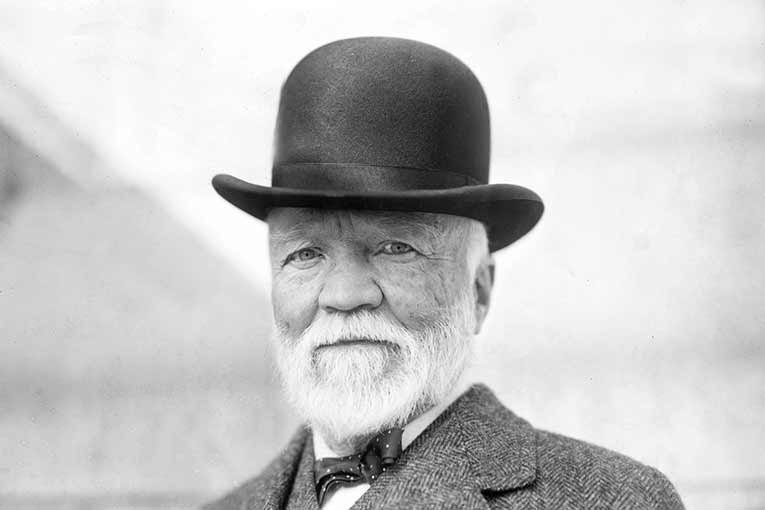The Rise from Poverty to Wealth
Andrew Carnegie, born in 1835 in Scotland, emigrated to the United States with his family in 1848. Growing up in poverty, Carnegie started working at a young age, first as a bobbin boy in a cotton factory and later as a telegraph messenger. His relentless work ethic and ambition soon led him to a job as a telegraph operator for the Pennsylvania Railroad, where he learned about the burgeoning steel industry.
Innovations in the Steel Industry
In 1870, Carnegie founded the Carnegie Steel Company, which would eventually become the largest and most profitable steel company in the world. Carnegie revolutionized the steel industry by implementing new technologies and production methods, such as the Bessemer process for mass-producing steel. His keen business acumen and strategic investments in infrastructure and transportation further propelled his success.
Carnegie’s company quickly dominated the market, producing more steel than all of Great Britain at one point. By the late 19th century, Carnegie Steel was generating massive profits, making Andrew Carnegie one of the wealthiest individuals of his time.
Philanthropic Legacy
Despite his immense wealth, Andrew Carnegie believed in giving back to society. After selling his steel company to J.P. Morgan in 1901 for a record-breaking sum, Carnegie turned his focus to philanthropy. He famously declared that “The man who dies rich dies disgraced” and set out to donate the majority of his fortune to charitable causes.
One of Carnegie’s most enduring legacies is his support for education. He funded the construction of over 2,500 libraries around the world, believing that access to knowledge was essential for personal and societal advancement. Carnegie also established the Carnegie Corporation of New York, a philanthropic foundation dedicated to promoting international peace and advancing education and research.
In addition to his contributions to education, Carnegie funded the construction of numerous cultural institutions, such as Carnegie Hall in New York City. He also supported causes related to public health, scientific research, and world peace. Carnegie’s philanthropy extended beyond the borders of the United States, with donations to projects in countries around the world.
Global Impact
Andrew Carnegie’s philanthropic efforts had a profound impact on society, both in his time and continuing into the present day. His support for education and libraries has empowered countless individuals to pursue knowledge and achieve their potential. The institutions he helped establish continue to enrich communities and foster a culture of learning and discovery.
Furthermore, Carnegie’s commitment to peace and international cooperation laid the groundwork for future initiatives aimed at resolving conflicts and promoting global harmony. His vision of a more just and equitable world inspired generations of philanthropists and social activists to follow in his footsteps.
Andrew Carnegie’s remarkable journey from rags to riches, his innovations in the steel industry, and his enduring legacy as a philanthropic legend serve as a testament to the power of vision, hard work, and generosity. His life story continues to inspire individuals to strive for excellence, make a positive impact on society, and leave a lasting legacy of compassion and benevolence.







